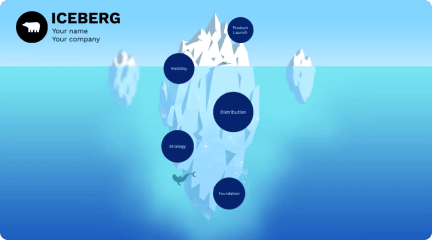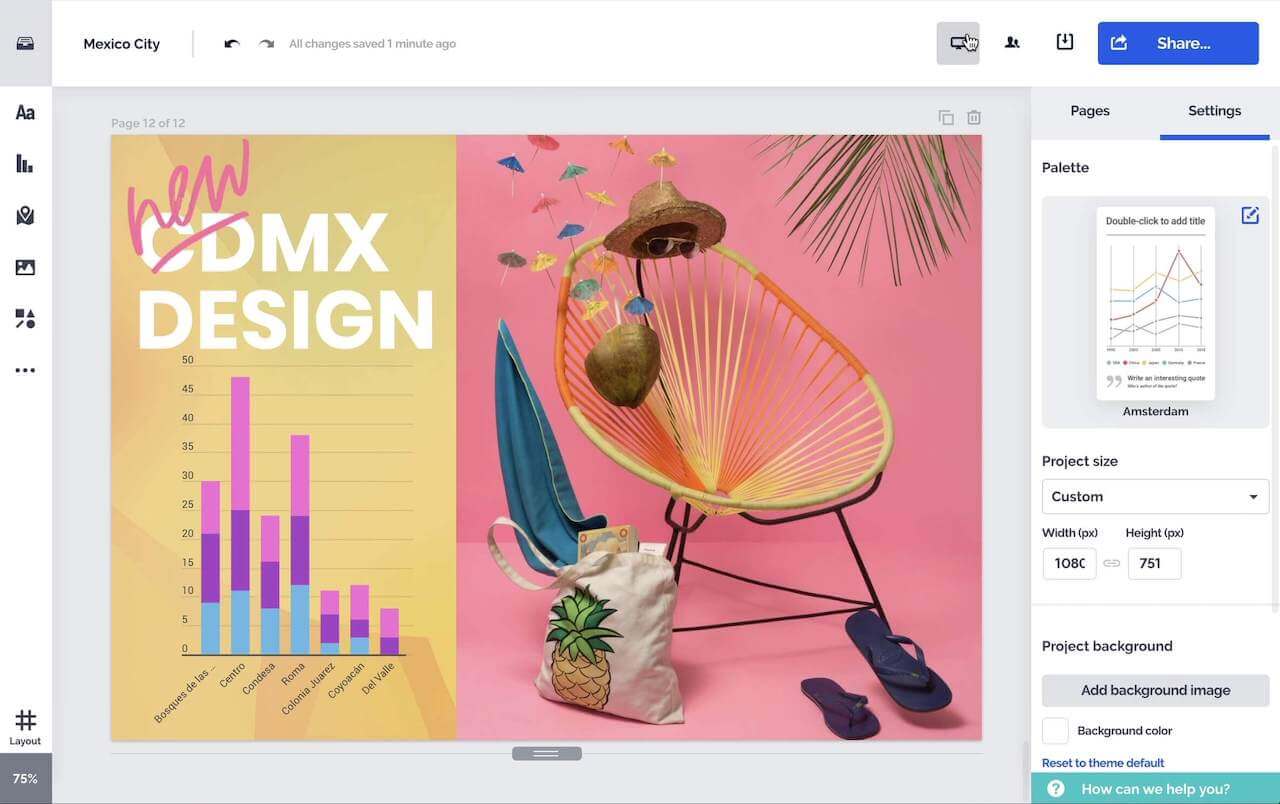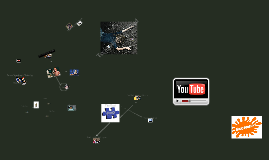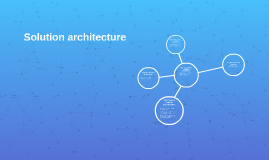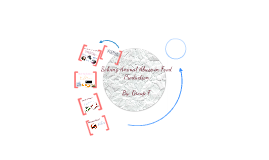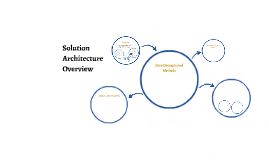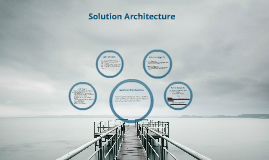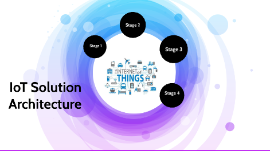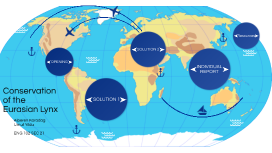IOT Solution Architecture
Transcript: IoT Solution Architecture Stage 1 Sensors/ Actuators Things Relationship with things Primarily Analog data sources, Devices, Machines,Human, Animals, etc Sensors/ Actuators (Wired/Wireless) RF, NFC, BLE, WiFi, Xbee I2C, SPI Communication Method Communication Method Stage 2 Internet Gateways, Data Acquisition System Data Aggregation, A/D, Measurement, Control Data Aggregation, A/D, Measurement, Control Data needs to be aggregated and converted into digital streams for further processing downstream. Data acquisition systems (DAS) perform these data aggregation and conversion functions. The DAS connects to the sensor network, aggregates outputs, and performs the analog-to-digital conversion. The Internet gateway receives the aggregated and digitized data and routes it over Wi-Fi, wired LANs, or the Internet, to Stage 3 systems for further processing. Why preprocess the data? Competitive Analysis Strengths Weaknesses COMPANY LOGO geography and location matter. they’re external to the data center Gateways are edge devices Stage 3 (Analytics, pre-processing) The data may require further processing before it enters the data center Edge IT Wifi, Cellular, Satellite hub reside closer to the sensors security concerns, storage issues, and delays processing the data. Stage 4 Data Center/ Cloud Analytics, Management, archive may take place on-premises, in the cloud, or in a hybrid cloud system



